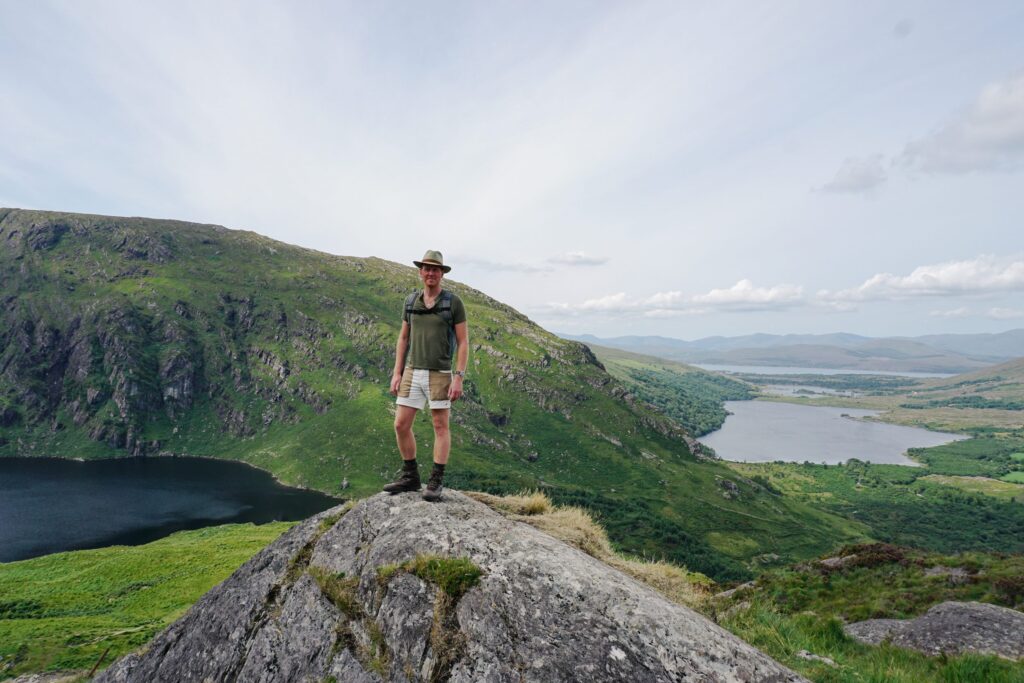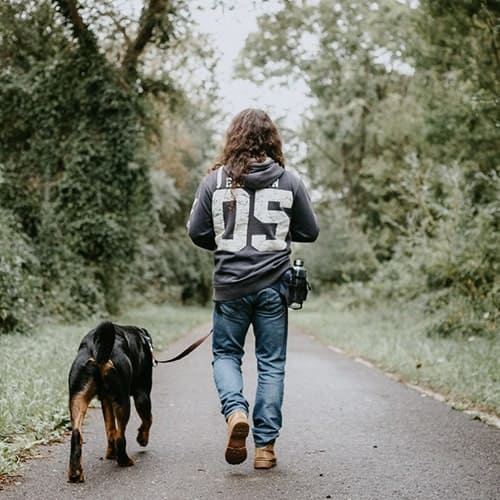When the plague hit, I was in Øvre Dividal National Park in northern Norway, tramping between mountain huts in the powdery snow and learning the hard way that there is a good reason why people in the Nordic countries use skis instead of snowshoes. Then one day, the Norwegian government announced that all foreigners had to leave the country immediately or be quarantined at their own expense. And that was that. An upcoming trip to Nepal was off the cards by the time I got home, and I didn’t get another paid travel job for more than two years.
2020 was a strange old time for everyone, and in my case the travel writing element of my job vanished overnight. Fortunately it wasn’t the only string to my slightly threadbare bow, but it was my favourite, and it’s taken a long time to come back.
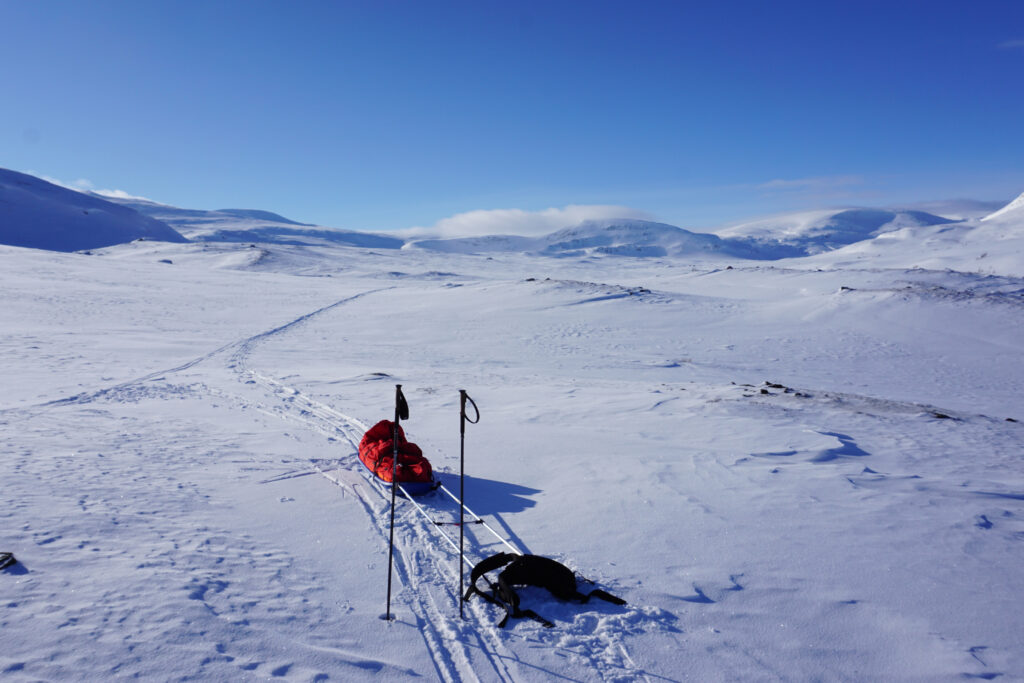
A different way to think about work
The economics of travel writing are slightly odd, and in my own experience there are two ways you can do it. You can fund a trip yourself and try and sell an article on it when you get back – in which case you’re fairly unlikely to break even, especially if there’s international travel and hotels involved. And that’s fine. Essentially it’s a way to subsidise an adventure you want to have anyway.
If you’re actually going to make any money at it, someone else is going to have to foot the bill for the trip. Normally this is a tour company or a tourist board. In some cases a particular destination might set up a special press trip for travel journalists, while on other occasions a travel company might offer a free spot on a tour that they’re trying to promote. Some PR companies will work with journalists to try and sell the trip to a magazine, while others will pitch directly to the magazine editor, who will then choose a writer to offer the trip to.
In terms of remuneration, it doesn’t really work like other jobs, and you have to sort of re-frame it in your mind. Though the travel is free and you will get paid for the eventual article, in terms of a daily rate your fee would work out pretty terrible for all but the shortest trips. This means there’s not much point in taking a job if you wouldn’t fancy doing the tour anyway. However, if you do like the look of the trip then it’s a wonderful way to live. You have an adventure, see some more of the world, meet some interesting people and end up getting paid for it.
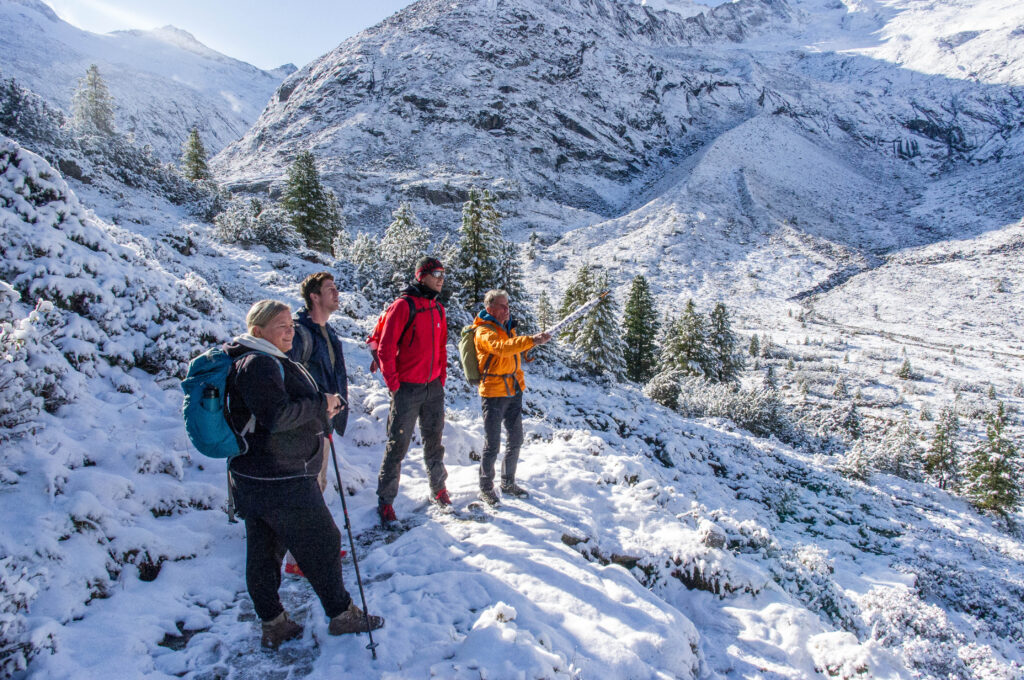
Travel bloggers
Of course, there is another way – that of being a travel blogger/Grammer. For one reason and another, it’s not a route that’s ever really appealed to me, and that’s partly because it takes a lot of skill and business sense to make it work. A good travel blogger has to balance editorial integrity against the need to build connections and goodwill with businesses and PR firms, and both sides have to be absolutely clear about what they expect to get out of each transaction.
I am not very temperamentally suited to this, and I like the simplicity of being accountable solely to your editor. Of course I’m all in favour of a free beer or a hotel room with a nice view, but it won’t change what I write because my client is the magazine. An independent travel blogger has to walk a trickier line, and I’m always impressed by the ones who can do it well.
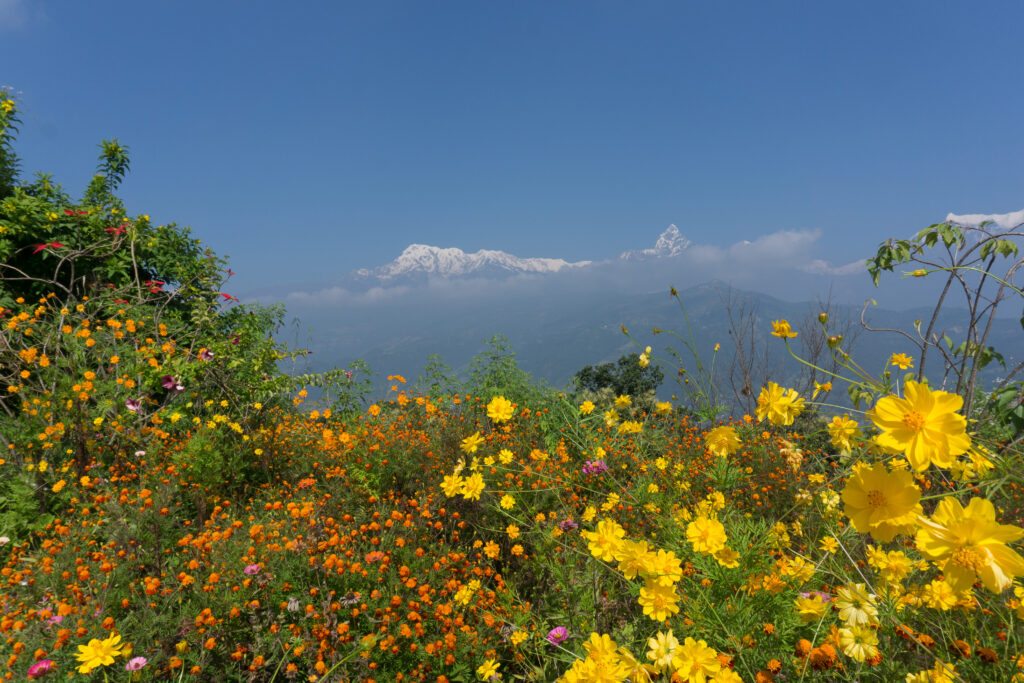
Back on the job
Anyway, all of this has been on my mind because I’ve just got back from my first travel writing gig since Covid hit. A week on a walking holiday in south-western Ireland with HF Holidays. The article will appear in the Winter 2022 issue of Walk Magazine, but it felt like a rare privilege to be back on the job again.
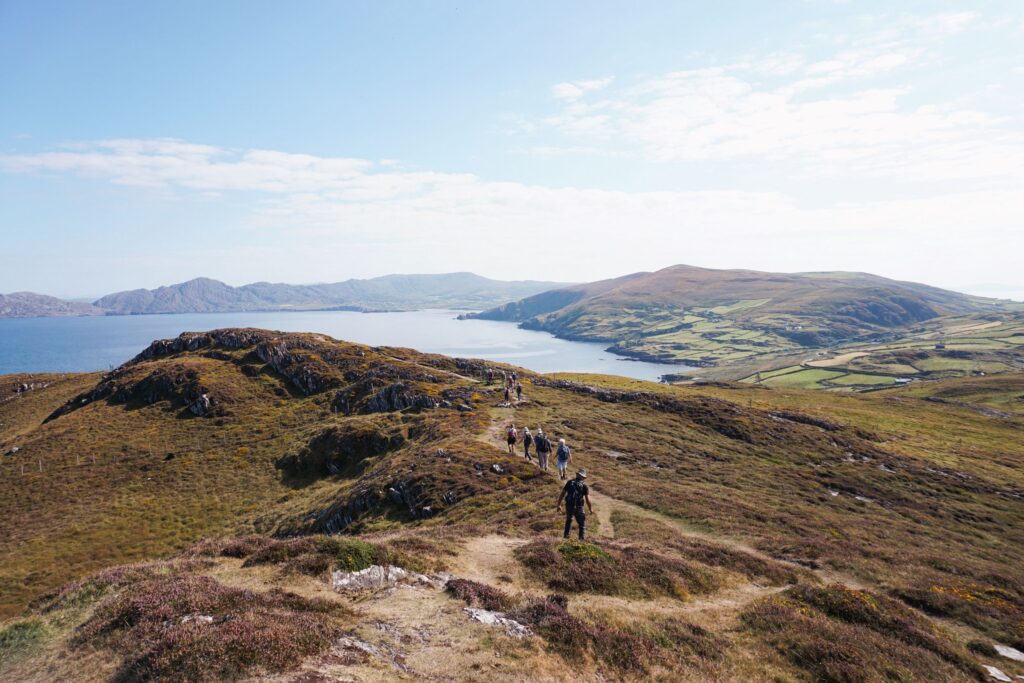
It reminded me how much I love meeting new people, discovering new places and filling up notebooks with tiny scrawly writing as I search for the narrative hiding in every trip. You scribble down snippets of conversation, posters in pub windows, menus and brand names, colours and tastes, song lyrics and snapshots of life glimpsed from a bus window, until somewhere among all the ink, a story starts to emerge. I’d forgotten how much I loved that.
